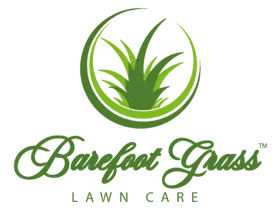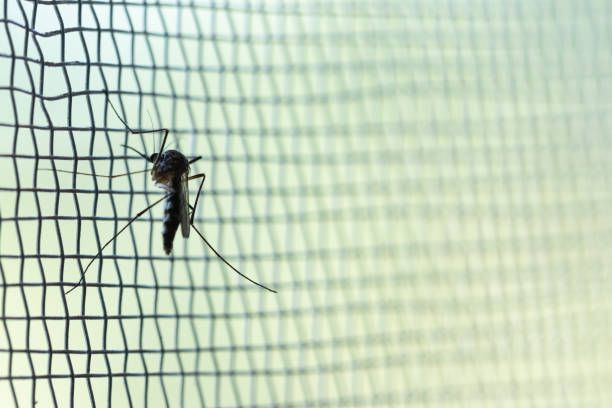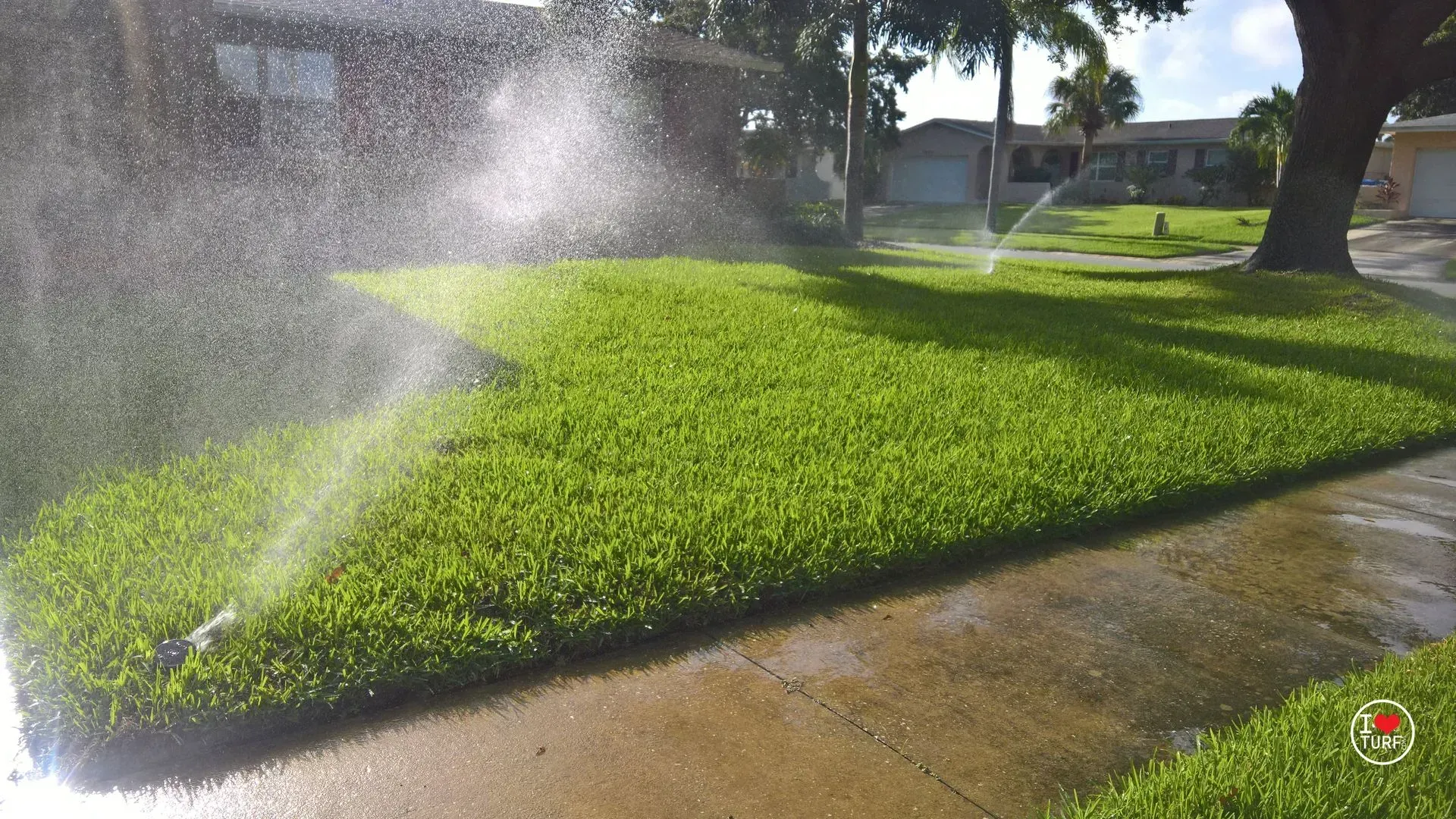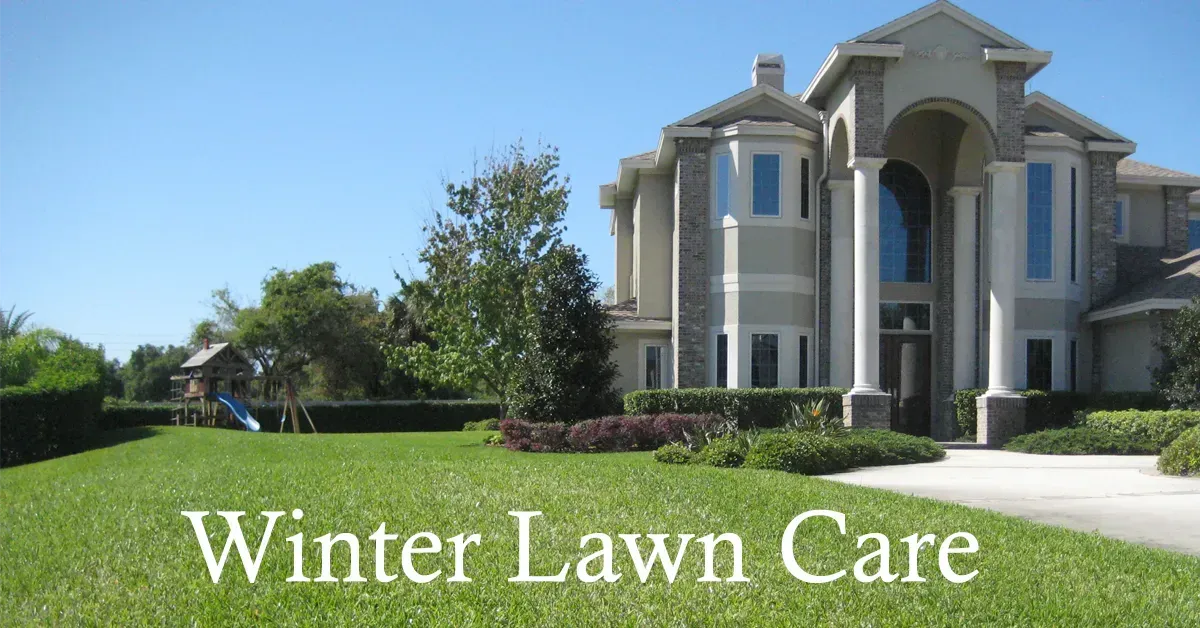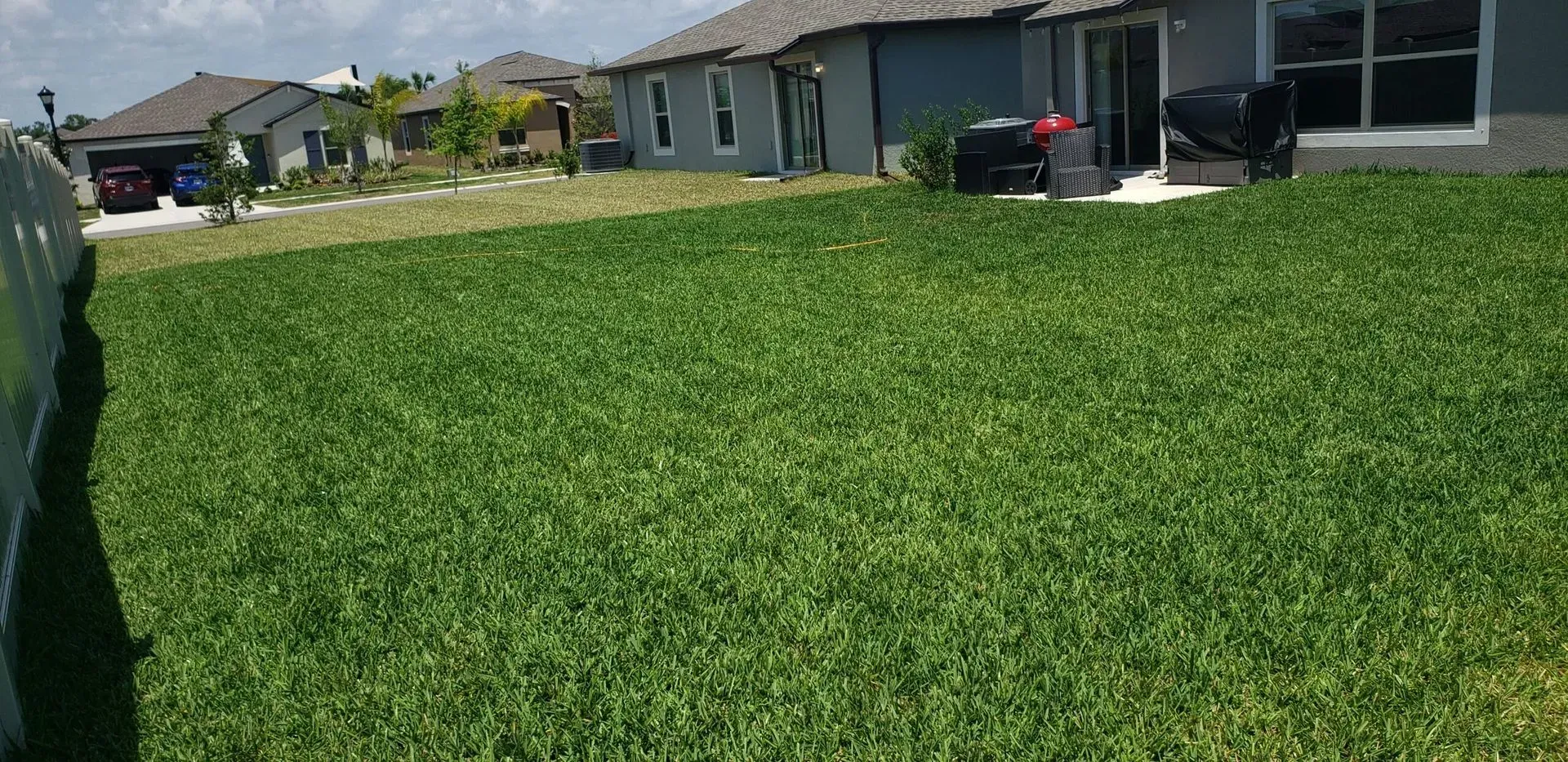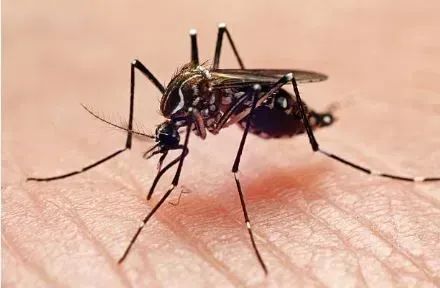Effective Pest Control for Roaches in Florida: Tips and Strategies
Florida's warm and humid climate makes it a paradise for roaches. These pests can invade homes and businesses, causing significant distress and potential health issues. Here’s a comprehensive guide on how to effectively manage and eliminate roach infestations in Florida.
Understanding Roaches in Florida
Roaches, especially the American, German, and Palmetto bugs, are common in Florida. They thrive in warm, moist environments and can be found in kitchens, bathrooms, and other areas where food and water are readily available.
Prevention Tips
- Keep It Clean: Roaches are attracted to food and water. Regularly clean kitchen counters, sweep floors, and avoid leaving dirty dishes in the sink. Store food in airtight containers and keep pet food sealed.
- Eliminate Moisture: Fix leaky faucets, pipes, and appliances. Use dehumidifiers in damp areas like basements to reduce moisture levels that attract roaches.
- Seal Entry Points: Inspect your home for cracks and gaps in walls, windows, and doors. Use caulk or weather stripping to seal these entry points and prevent roaches from entering.
- Proper Waste Management: Dispose of garbage regularly and use trash cans with tight-fitting lids. Keep outdoor garbage bins away from your home’s perimeter.
Effective Control Measures
- Bait Stations: Use commercial bait stations strategically around your home. These baits attract roaches, which then carry the poison back to their nests, effectively killing the colony.
- Insect Growth Regulators (IGRs): IGRs prevent roaches from maturing and reproducing. Combine them with baits for a more effective solution.
- Professional Pest Control Services: For severe infestations, consider hiring a professional pest control service. They have access to stronger pesticides and can implement comprehensive control strategies.
- Natural Remedies: Diatomaceous earth, boric acid, and essential oils like peppermint and eucalyptus can deter roaches. Sprinkle these substances in areas where roaches are commonly seen.
Long-Term Solutions
- Regular Inspections: Conduct routine inspections of your home for signs of roaches and other pests. Early detection can prevent larger infestations.
- Home Maintenance: Regularly check and maintain your home’s plumbing and structure to ensure it remains inhospitable to roaches.
- Landscaping: Keep your yard well-maintained. Trim bushes and trees away from your home and remove leaf litter and other debris where roaches can hide.
Conclusion
Roaches are a persistent problem in Florida, but with diligent prevention and effective control measures, you can keep your home roach-free. Maintain cleanliness, eliminate moisture, and seal entry points to prevent infestations. Use a combination of baits, IGRs, and professional services for active control. By following these strategies, you can enjoy a roach-free environment in the Sunshine State.
For more tips and professional pest control services, feel free to contact us or visit our website. Stay proactive and keep those roaches at bay!

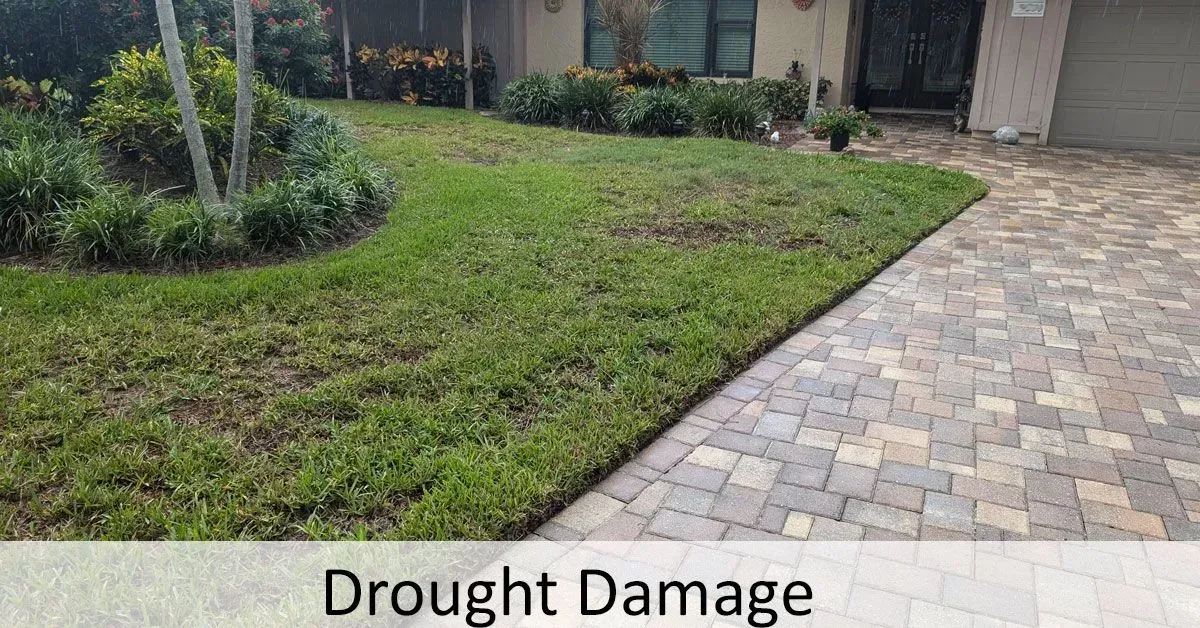
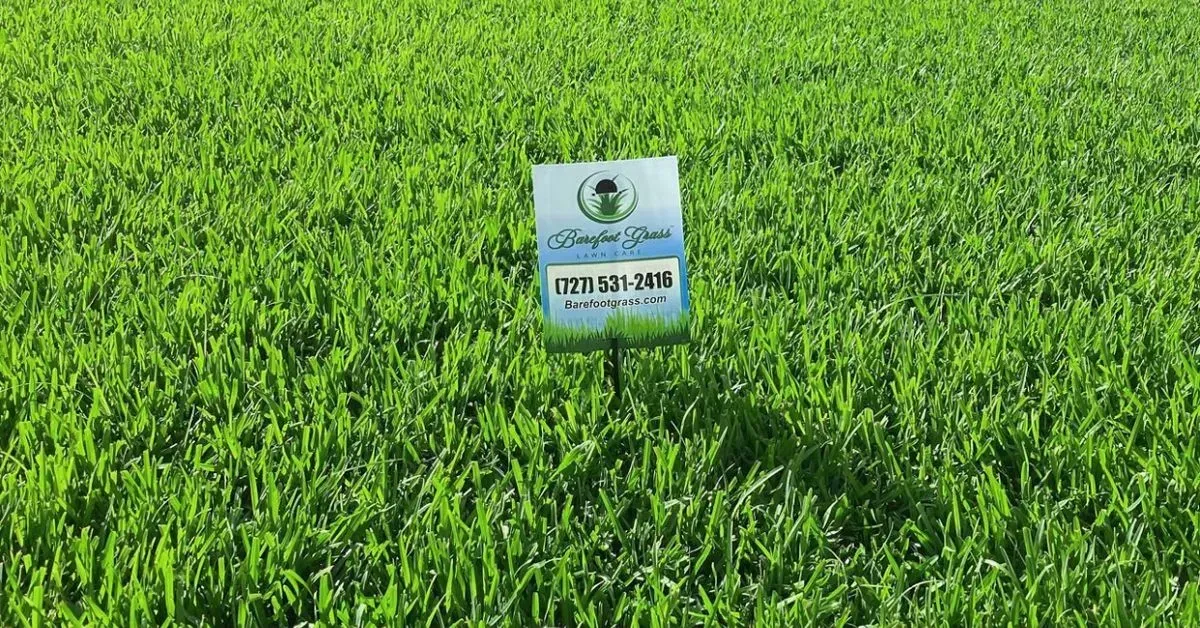
PHONE:
727-531-2416 |
EMAIL:
customerservice@barefootgrass.com
Business Hours
Monday - Friday 8:00am - 5:00pm
Saturday - Sunday Closed
